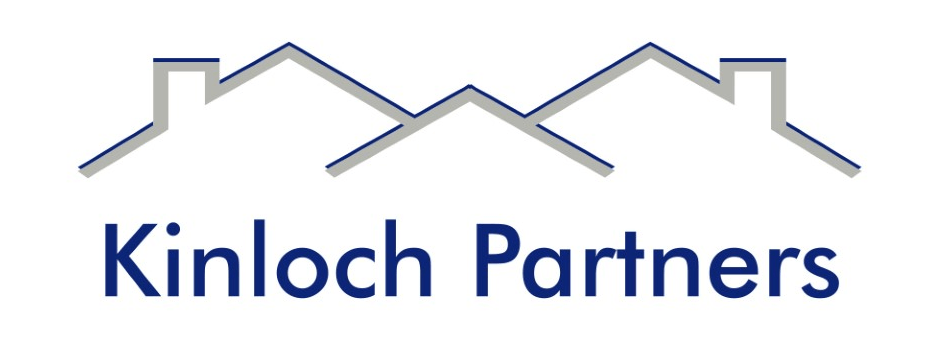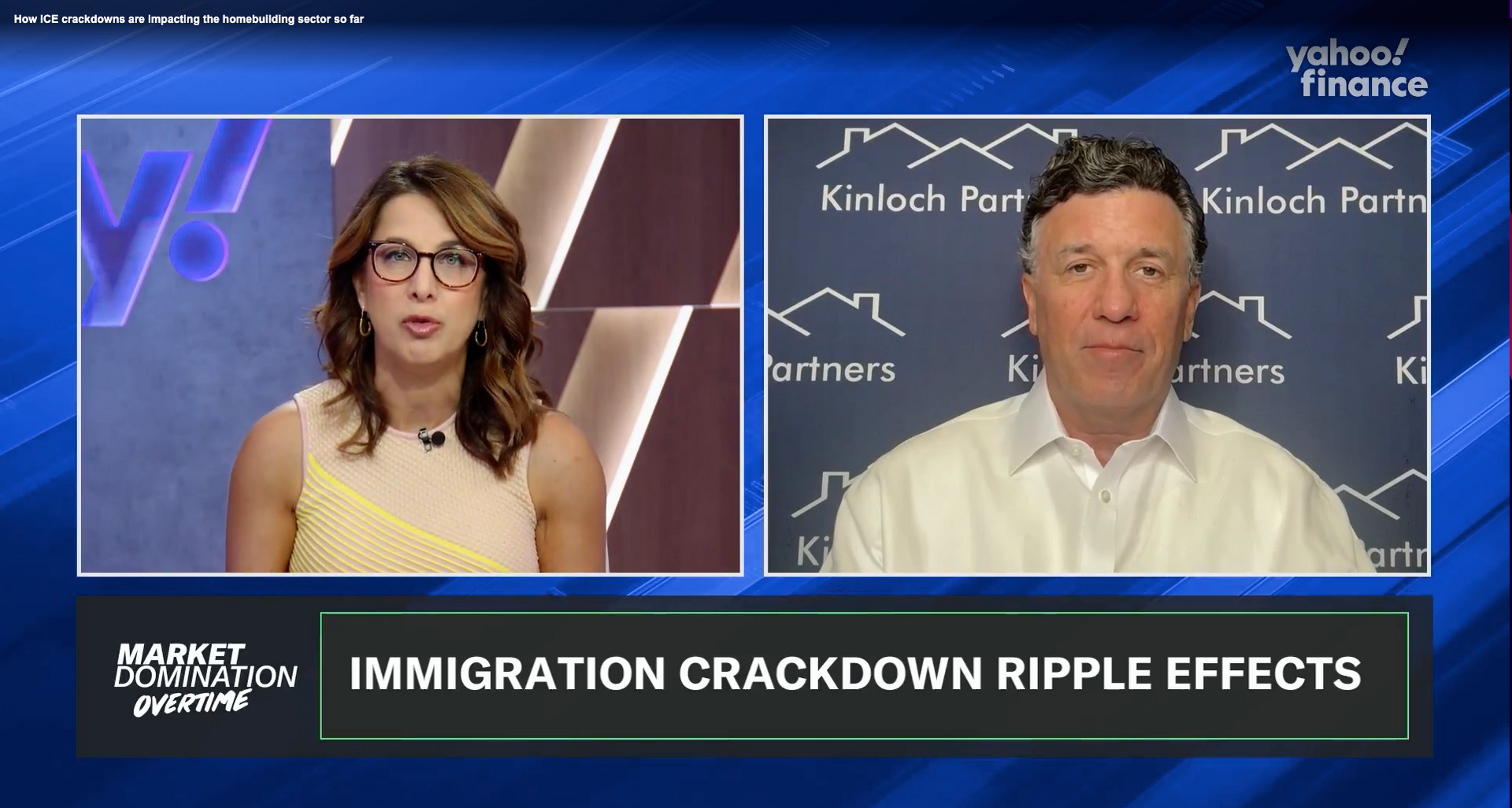An Unusual Economic Indicator on the Courthouse Steps
An Unusual Economic Indicator on the Courthouse Steps
What Investors’ Behavior at Real Estate Auctions Tells Us About the Future

When we think about distressed markets in the context of housing, our minds usually go directly to the most recent housing crash. Images of ghost neighborhoods, local blight, and abandoned homes emerge from the past. Today, with housing in short supply in most areas of the country, the idea of properties sitting empty on the market is alien to younger generations of would-be homebuyers. They fear they will be renting forever due to the unaffordability of housing in their chosen markets.
For self-directed investors focused on building up their real estate portfolios, there is also a “problem” with today’s housing market. Relatively tight inventories are making high-volume acquisitions difficult. Self-Directed Investor spoke with Auction.com’s vice president of market economics, Daren Blomquist, about what the trends on the courthouse steps might mean for housing and real estate investing trends moving forward. His responses indicated a complete shift in investor mindset could be coming.
“Typically, we think of the distressed marketplace as a lagging indicator of the state of the housing market. When a property goes into foreclosure, there has probably been a problem with that property for a year or more,” Blomquist explained. Foreclosure trends are a lagging indicator on the state of the housing market. “When we evaluate the behavior of buyers using Auction.com, however, we find a leading indicator instead.”
Lagging indicators are measurable economic factors that change after the economy has already begun to follow a particular trend. A lagging indicator generally helps confirm the strength of emerging economic trends rather than predict new patterns. Leading indicators, on the other hand, are economic factors that tend to change in advance of the rest of the economy when a shift is pending. Economists and investors use leading indicators to help predict future significant changes in the economy. The yield curve, which spent much of the summer and fall in the headlines, is a classic example of a leading indicator, since inversion of that curve tends to herald a recession and possible market turbulence.
Blomquist observed that buyer behavior on the website, Auction.com, and on the courthouse steps at physical auctions, is a primary indicator of investor confidence in the housing market. By extension, the same investor sentiment may be used to draw conclusions about overall investor confidence in the economy as well.
“Right now, our buyers are shifting to buy-and-hold,” Blomquist said. “Traditionally, they have skewed toward flipping.” When investors buy at auction with the intention of flipping a property, it tends to indicate confidence in their ability to predict market behavior and, furthermore, for that market behavior to be positive.
“When we see home-flippers buying more properties, becoming more confident in the market, and buying at thinner discounts, those are indications they have confidence the market is going to be doing better [than present conditions] in the next six months,” Blomquist said. He continued, “Early last year, however, we saw investors start to back down and be more cautious about their purchases. They were only buying when the discounts at auction were bigger and, because they were holding out for the bigger discount, the sales rate at the auctions went down.”
Blomquist explained that this increase in buyer caution was among the earliest leading indicators that the national housing market might be softening. After that first trend emerged, he said, “home sales and price appreciation began slowing in many parts of the country.” When rumors began to swirl that interest rates would not rise further and might even fall sometime during the summer, that trend reversed.
“Investors regained some confidence in the market,” Blomquist said, noting that in late 2018, investors were buying at about 75 percent of value. “Now they are closer to 80 percent of value,” he said. “They are buying at a little bit higher price point because of that increase in confidence in the market.”
Intuitively, most self-directed investors easily understand that housing market conditions and investor sentiment are directly tied to the broader economic conditions in the country. There are plenty of concrete reasons this is true. Understanding why housing sentiment affects consumer and economic sentiment can help you adjust your self-directed investment strategies and account management to get the best results and returns on your investments.
One way housing affects the economy is in terms of construction. In 2018, real estate construction alone contributed about $1.5 trillion to the national economic output. When construction is thriving, the labor market tends to remain solid because this sector is so labor intensive. Low unemployment tends to keep consumer sentiment high, which is good for the economy as a whole because consumer sentiment directly influences personal consumption (spending), which makes up about 70 percent of the national economy.
During the housing crash in the mid 2000s, both consumer sentiment and investor confidence plummeted. This was, in large part, due to the massive wave of foreclosures that crashed through the market thanks to weak lending practices that allowed borrowers to buy homes they could not realistically afford. Most economists, including Blomquist, agree that this particular factor is unlikely to contribute to the next down-cycle because lenders dramatically adjusted their loan-origination practices in the wake of the housing crash and financial meltdown.
As a self-directed investor, your retirement accounts have an unrivaled degree of flexibility that enable you to do far more than simply watch Wall Street and hope for the best. However, they also permit you to invest in assets that may be highly susceptible to economic swings, such as a new hotel being built in a high-end hospitality sector that may suffer financially or even fail to open if American consumers stop spending money on vacations, as they did in the wake of the financial crisis in 2008.
In that new-hotel scenario, an economic downswing could be very bad for your self-directed investment because consumers spend less on discretionary travel when they are concerned about their finances. This is the case even after they may not be experiencing severe financial pressure if they remain worried about their income. That mindset directly affects the hospitality industry. According to the United States Bureau of Labor Services (BLS), expenditures for “travel for pleasure” fell 3.5 percent in 2008 compared to 2007. Over the course of 2009, they fell another 9.8 percent. They did not return to pre-recession “norms” until 2011.
Today, investing in an asset like a new hotel or new retail-heavy, mixed-use development is very common. Many self-directed investors are, once again, generating sound returns by investing in hospitality in its various forms. However, if you are new to the sector, you might want to proceed with caution. If economic volatility is on the horizon, a new project might come to fruition just in time for consumers to find your product very unappealing.
In response to concerns about the stability of the national economy, many self-directed investors have already begun shifting their capital away from investments in physical property and toward private and direct loans. Private loans become increasingly attractive to investors when other assets, like real property and other physical assets, become more expensive as markets heat up.
Self-directed investors often make loans to other investors still active in hot markets and sectors in order to access the benefits of working in that market without having to accept thin margins or increasing levels of volatility. With an appropriately collateralized private loan, an investor can receive predictable payments and returns in a best-case scenario and foreclose on valuable assets with built-in equity if the borrower fails to make their payments. This strategy is gaining momentum among the self-directed population at this time.
Many self-directed investors are also moving their assets into qualified opportunity zone funds (QOFs) and other types of public-private partnership structures as a way of insulating their capital from both taxes and potential economic volatility. While opportunity zone investing is a relatively unproven practice, the program only having been in existence since late 2017, the attractive tax-deferral, -reduction, and -elimination options that can come with investing in these funds are proving attractive to many investors who have never before ventured outside of more conventional investments like stocks and bonds.
The Opportunity Zone program is just one example of a public-private partnership model that attracts self-directed investor interest when the economy appears to be entering a state of flux. Anywhere that the federal, local, or state governments are supporting private investors contributing to the health and stability of the local economy is a good potential location for many different types of investments, including real estate, private equity, business equity, and direct loans.
For example, investors in Nashville, Tennessee , reaped the rewards of these types of public-private partnerships when the city snagged Amazon’s “Center of Excellence for Operations” and its associated 5,000 jobs during the hot, national pursuit of the company’s second headquarters, dubbed HQ2. Many of those investors believe they got the better deal compared to HQ2 “winners” Long Island City, New York (Amazon later backed out of the area) and Crystal City, Arlington, Virginia.

“Nashville landed Amazon’s business by having something already built, by getting the word out, and by creating a multi-use development with retail, condos, etc. that was ready to go at the same time Amazon was [ready],” explained local investor Bruce McNeilage, CEO and partner at Kinloch Partners, LLC. “Tennessee also does not have a state income tax, which makes it inherently more attractive to many companies and their employees.”
McNeilage went on to break down the math, noting Long Island City “paid about $48,000 per Amazon job” for their initial award of half of Amazon’s HQ2. This number is derived by analyzing how much public money would have funded the tax incentives, development, and other incentives New York offered Amazon in exchange for HQ2.
McNeilage argues cities like Nashville that are constantly cooperating with investors in public-private partnerships are better prepared for the type of “bidding wars” that tend to accompany corporate changes and expansions today. This is due, in large part, to the presence of existing infrastructure thanks to these partnerships that enables companies like Amazon to move into an area quickly rather than having to build from the ground up. McNeilage also cited relatively low cost of living and relatively affordable housing as factors that put Nashville and other cities like it in a prime position to attract “big fish,” like Amazon, that can singlehandedly insulate the local economy from national fiscal turmoil.
Self-directed investors are uniquely positioned at this point in time to react productively to market unrest by diversifying their portfolios and investing in “safe haven” investments, like certain eligible precious metals, which tend to gain value when the market is volatile, real estate-backed and recession-proof business-backed loans, and real estate itself.
In the event that the national economy does enter a downturn in the near future, self-directed investors will also be well positioned to acquire many types of assets at deep discounts as distressed owners struggle to make ends meet. Watching for leading and lagging indicators, monitoring your self-directed account portfolio’s performance, and keeping informed about how various economic factors affect different trade sectors will place you in a strong position to make the best moves for your investing goals.

Vice President of market economics at Auction.com

CEO and partner at Kinloch Partners, LLC

Carole Ellis is the editor-in-chief of Self-Directed Investor Magazine. Learn more at selfdirectedinvestormagazine.com or email her at Carole@selfdirected.org.











